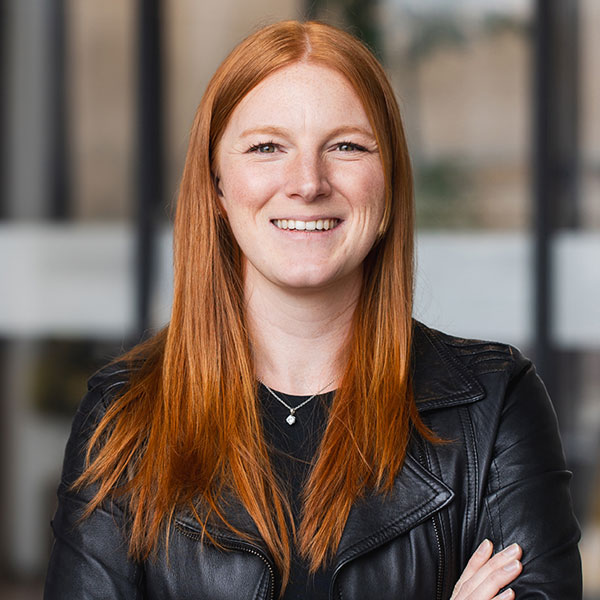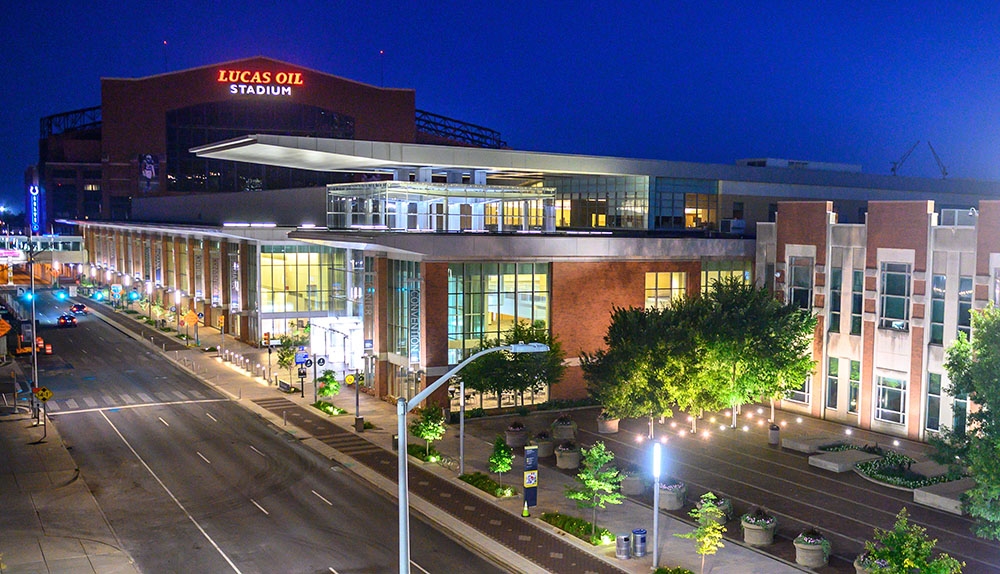No two startup ecosystems operate the same, nor should they.
At a “Building Innovation Ecosystems that Deliver” panel held at the Global Entrepreneurship Congress (GEC) in Indianapolis in June, ecosystem builders from Innovate Alabama, Portland, Maine–based innovation consultancy Established and Waterloo, Ontario–based NorthGuide spoke about employing different strategies to determine a new ecosystem’s purpose.
Innovate Alabama CEO Cynthia Crutchfield said the public-private organization’s framework is guided by three pillars: access to resources, talent development and placemaking. Established Engagement Director Jamilah Corbitt, based in Washington, D.C., said the consultancy looks at ecosystem building through the framework of collaboration, connectivity, capital and community. NorthGuide Head of Innovation Sarah Mostowich noted that people, partnerships, programs and policy guide the firm’s ecosystem building strategy.
Each approach, although similar, is tailored to distinctive local assets, culture and community needs. There’s a danger in assuming which resources will drive momentum in a budding ecosystem, requiring all hands on deck when crafting a region’s blueprint.
“Often when folks are building ecosystems they look at Silicon Valley and say, ‘How can we do that?’ I’m telling you, don’t do that,” noted Mostowich. “What’s most important is understanding what makes your ecosystem unique even if you’re just starting out. Spend time with your community to understand what makes you different and how you turn that into a competitive advantage.”
Strategy consulting firm NorthGuide works to deliver innovation ecosystems globally with a special focus on its home base in Waterloo, Ontario. The city is a part of the greater Kitchener-Cambridge-Waterloo metro area, a perennial top region for economic development and innovation performance in Canada that ranked No. 117 in Site Selection’s 2025 Top Metros for Startups. Mostowich said the company’s main Waterloo ecosystem holds the right building blocks for innovation supported by its strong academic institutions, a rich innovation history (hello, BlackBerry) and a high concentration of tech companies.
A shared vision and community buy-in are vital to building a successful ecosystem, but in Waterloo the ability to advance innovation came from the region’s highly collaborative and cross-functional industries. This was best witnessed during the COVID-19 pandemic, as silos broke down across academia, innovators, health care professionals, government and corporate leaders to deliver targeted solutions for the community.

“Spend time with your community to understand what makes you different and how you turn that into a competitive advantage.”
— NorthGuide Head of Innovation Sarah Mostowich
“We’ve actually seen a huge explosion of health tech companies being built in the region now,” she says. “Based on that, I think once you break down some of those silos, then folks start coming together and having conversations they weren’t having before. We’re starting to see the positive outcomes from that.”
These conversations lead to initiatives such as the University of Waterloo’s CEO Challenge Summit. In April, nearly 200 industry, government and academic leaders across the region convened to explore innovative solutions to local challenges ranging from housing to impacts of U.S.-Canada trade negotiations. Collaborative discussions held throughout the day provided input that will be used to shape new strategies pursued in the community. This cross-sector connectivity allows the entire ecosystem to play on its strengths to benefit the region.
But what about building a targeted ecosystem without a legacy industry base? In a largely rural state like Alabama, it means ensuring these communities are not competing against urban spaces like Birmingham (No.180) for funding.
Alabama’s rich agricultural history cemented the industry as a statewide economic driver for generations. The state has been able to translate its manufacturing expertise across industries such as aerospace & defense, automotive, chemicals, life sciences, metals and technology. While companies flock to build in the state, leadership aims for its communities to be a source for innovation exploration as well.
In order to provide a starting point for rural Alabama areas, Innovate Alabama developed Network Designation Grants for its network of over 168 members to apply for a one-time grant of up to $250,000 to pursue new community-focused projects. Crutchfield said the program has given the state the most leverage since its launch two years ago, and has now distributed over $30 million in the state.
In West Central Alabama, the Main Street Marion Board applied and received grant funding to begin restoration of the city’s historic Nathan Harris building downtown to establish a new technology hub. Marion supports a population of just over 2,700 residents and the presence of an advanced technology and computer center will be essential to the city’s future growth, according to Main Street Marion Board President Donald Bennett.

“Don’t mimic anyone. Be uniquely who you are. That’s working for us in Alabama.”
— Innovate Alabama CEO Cynthia Crutchfield
The Harris Technology Hub will feature a computer lab, an esports center, a professional training venue and modern conference space combined with vendor retail space. Auburn University Extension and Alabama A&M Extension are said to be serving as resource training partners in the computer lab. The center, which opened to the public in May 2025, will house an array of adult education and employee development training programs crafted by local stakeholders and educational institutions.
“Now for guys in Huntsville, Birmingham, Mobile or Montgomery, that’s not a big deal,” Crutchfield said. “But for that community, it’s a game changer. Not only are their adult workers able to retrain and get into tech industries, but their students start to see exposure to technology that they weren’t getting before. These are jobs that that allow them to remain in their community and participate in that technology focus.”
For Marion, ecosystem building begins with investing in modern infrastructure that supports talent development and fosters community connectivity. This skilled tech talent pipeline is what officials hope will be the key to attracting new industries and economic opportunities.
“Don’t mimic anyone, be uniquely who you are,” said Crutchfield. “That’s working for us in Alabama.”
Established works on a national level to help organizations form innovation, startup and communication strategies. Corbitt associates ecosystem building with the art form of baking — an approach that values precise ingredients, not too many cooks in the kitchen and a willingness to perfect the recipe. In other words, bring your stakeholders (cooks) to the table early, gather input on what resources (ingredients) they need to grow, implement (bake) them, measure (test) the ecosystem’s success and change the strategy (recipe) as necessary.
The Small Business Administration’s Office of Investment and Innovation looked to Established to create a framework to help mobilize ecosystems and boost national startup growth. The SBA provides a number of funding programs designed to kickstart innovation activity, but Corbitt and the team recognized the need to bring ecosystem builders across the nation together to collaborate. The firm helped create the SBA Innovation Ecosystem Network Call to regularly bring stakeholders together to facilitate connections, foster learning and build capacity.
These calls allow entrepreneur support organizations (ESOs) to exchange program, event and funding updates from their ecosystem in order to share what is working in the community, exchange ideas on how to improve strategies and make connections with outside ESOs in addition to the federal innovation ecosystem. It has carved an avenue for ecosystems across the nation to tell their story and provide fresh data directly to policy makers.
“Data tells us what’s happening, but story tells us why it matters,” says Corbitt. “At Established we believe in combining both to mobilize impact and understand challenges to know what things we could do better.”
Building programs designed around specific challenges led to the creation of the Growth Accelerator Fund Competition catered to ESOs, whom Corbitt describes as “the people who have boots on the ground to help innovators commercialize their technologies.”
The SBA says the competition seeks to identify impactful and innovative ideas from ESOs, distributing funding to aid U.S. small business and entrepreneurial growth. It looks to drive innovation in emerging tech sectors while bridging gaps between research and commercialization that focus on national and economic security; domestic manufacturing and production; and biotechnology. To date the program has granted more than 500 awards to ESOs in every state and three U.S. territories, including 60 last year.
“I reviewed tons of applications and the ecosystems that were top tier were able to successfully convene their stakeholders, had a budget, had community buy-in and in some cases had a matching fund to support those dollars,” notes Corbitt. “They had the vision and just needed a little capital to mobilize the ecosystem.”
While every ecosystem should strive to maintain individuality it’s clear we often face the same challenges. Ultimately, there’s value in sharing both successes and failures when it comes to navigating ecosystem building. At the rate that innovation is evolving, even in the world’s most dominant startup ecosystems it’s vital to remember that a community’s ability to connect and collaborate will build the greatest impact.

